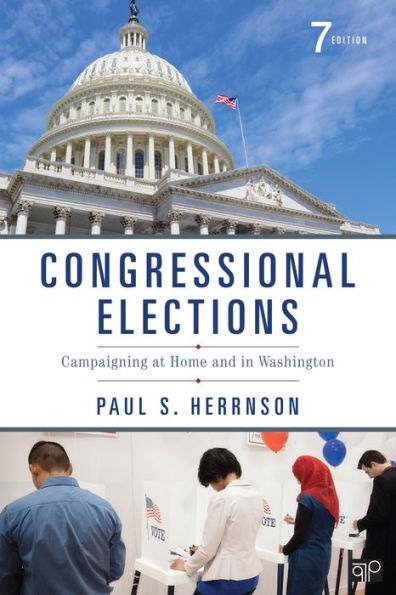5
1
9781483392608



Congressional Elections: Campaigning at Home and in Washington / Edition 7 available in Paperback

Congressional Elections: Campaigning at Home and in Washington / Edition 7
- ISBN-10:
- 1483392600
- ISBN-13:
- 9781483392608
- Pub. Date:
- 12/01/2015
- Publisher:
- SAGE Publications
- ISBN-10:
- 1483392600
- ISBN-13:
- 9781483392608
- Pub. Date:
- 12/01/2015
- Publisher:
- SAGE Publications

Congressional Elections: Campaigning at Home and in Washington / Edition 7
$60.0
Current price is , Original price is $60.0. You
60.0
In Stock

Product Details
| ISBN-13: | 9781483392608 |
|---|---|
| Publisher: | SAGE Publications |
| Publication date: | 12/01/2015 |
| Edition description: | Seventh Edition |
| Pages: | 384 |
| Product dimensions: | 6.00(w) x 8.90(h) x 0.80(d) |
About the Author
From the B&N Reads Blog

